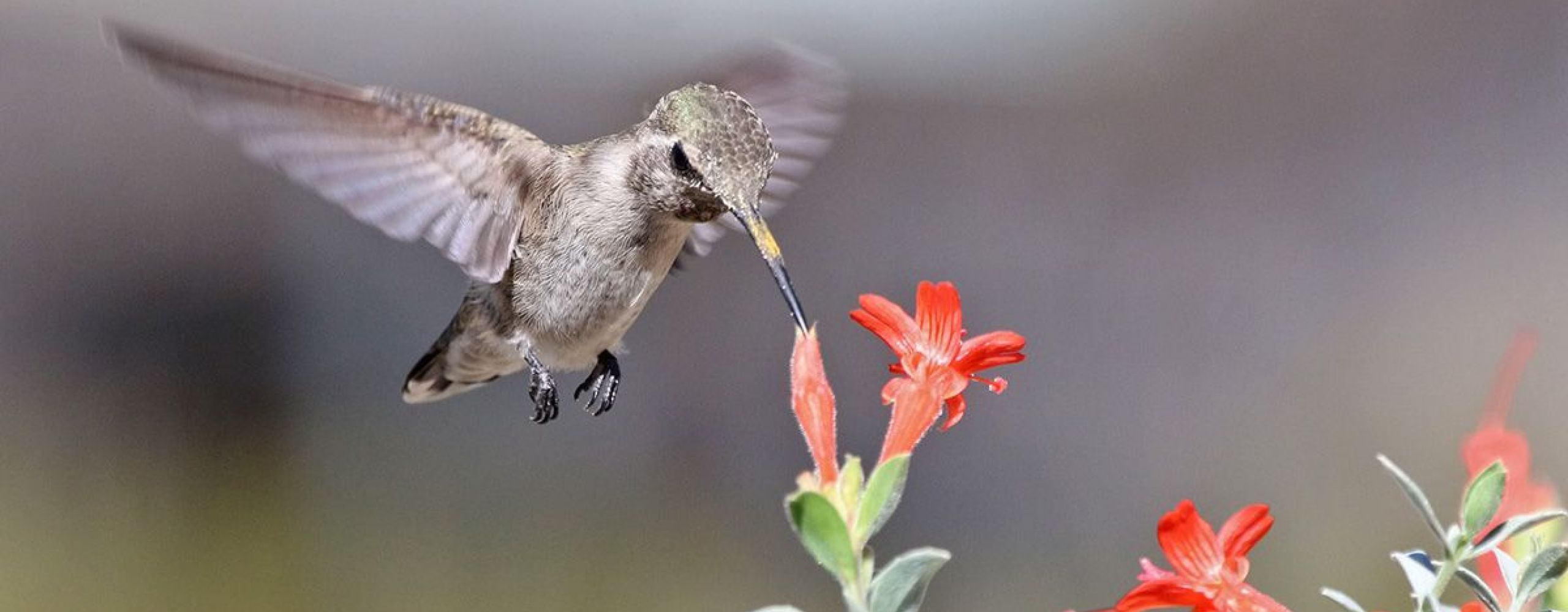
Gardens for Wildlife!
Pollinators’ Garden at the San Joaquin Wildlife Sanctuary

Come Visit the Pollinators Garden
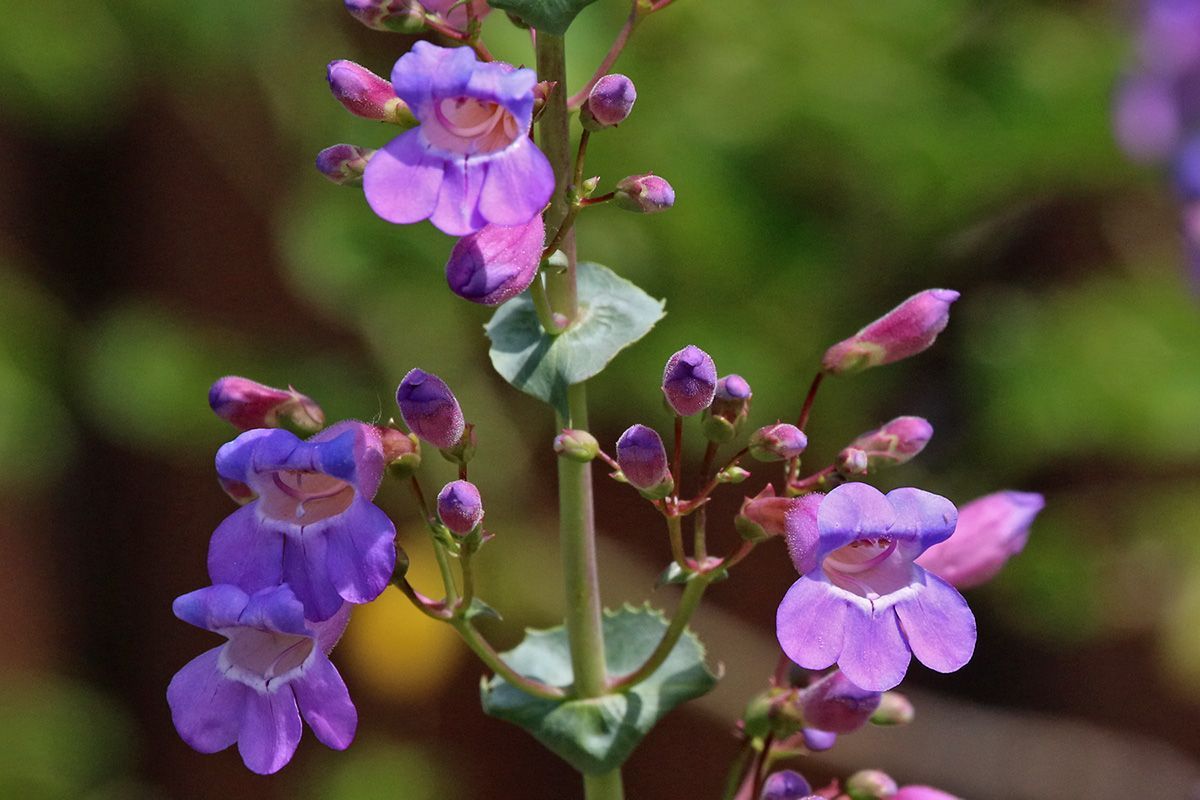
Pollinators’ Garden Plant List
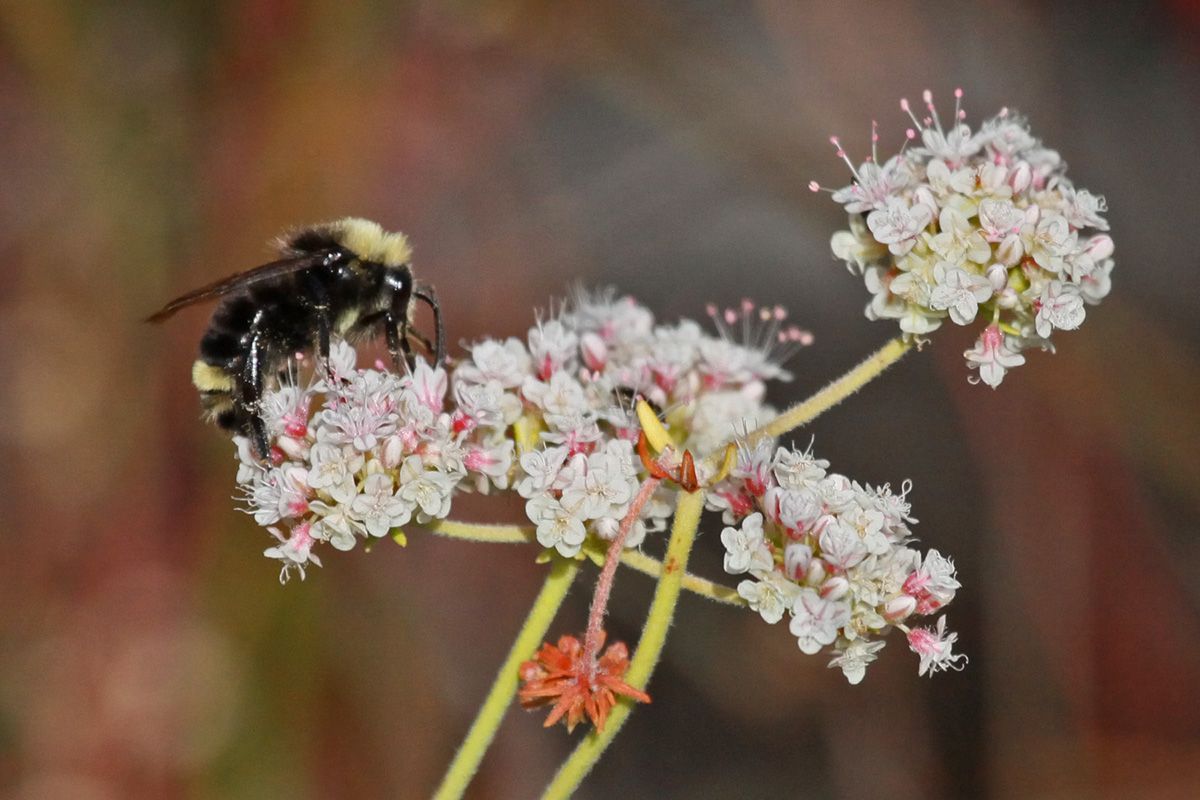


Investigating Pollinators

Sea and Sage Audubon gives our thanks to:
- The Irvine Ranch Water District for providing the site and on-going maintenance of the Pollinators’ Garden.
- Celso Morrison for making the rabbit-proof fence to protect growing plants.
- Eagle Scout Matthew Charles for creating the nesting structures for native bees.

Funding was generously provided by Vic & Bobbie Westling plus the Judy Gordon Generation Fund who support education about the important role of pollinators in the ecosystem and our lives.
(photograph of Vic Westling by Marquita Miller used with permission)
You Can Help Pollinators!
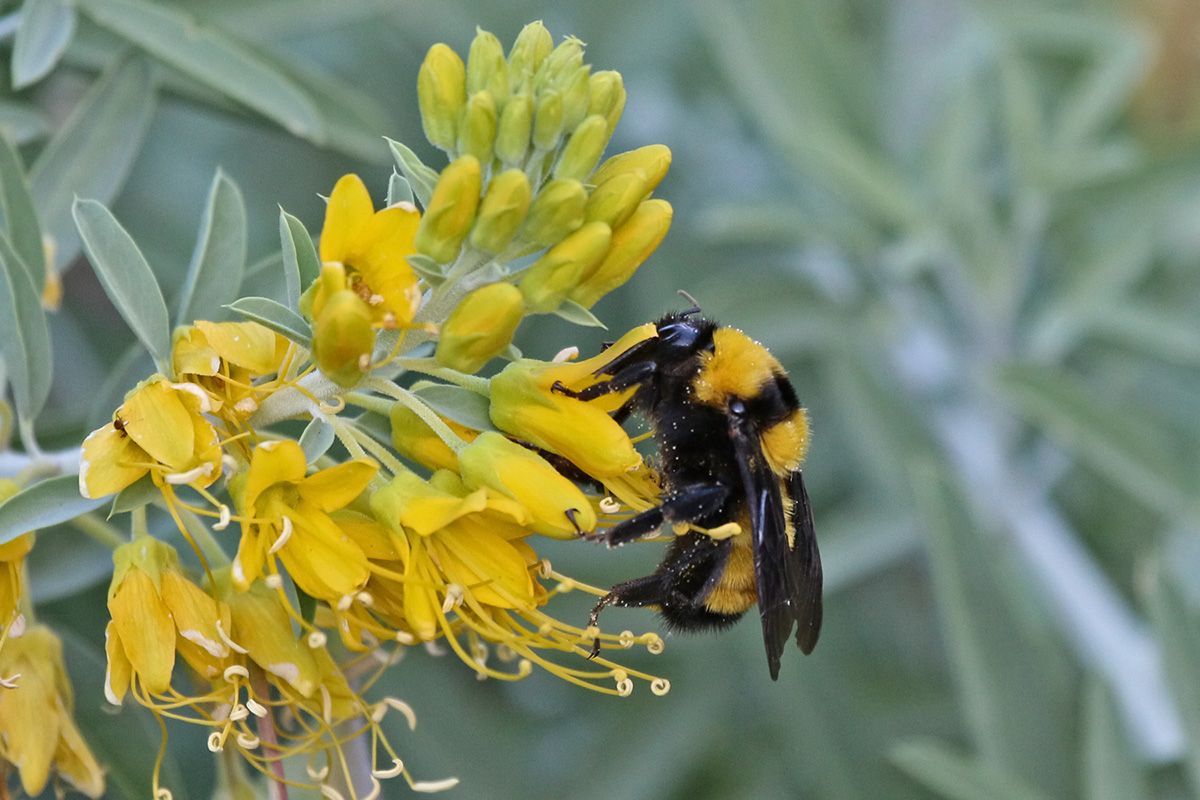
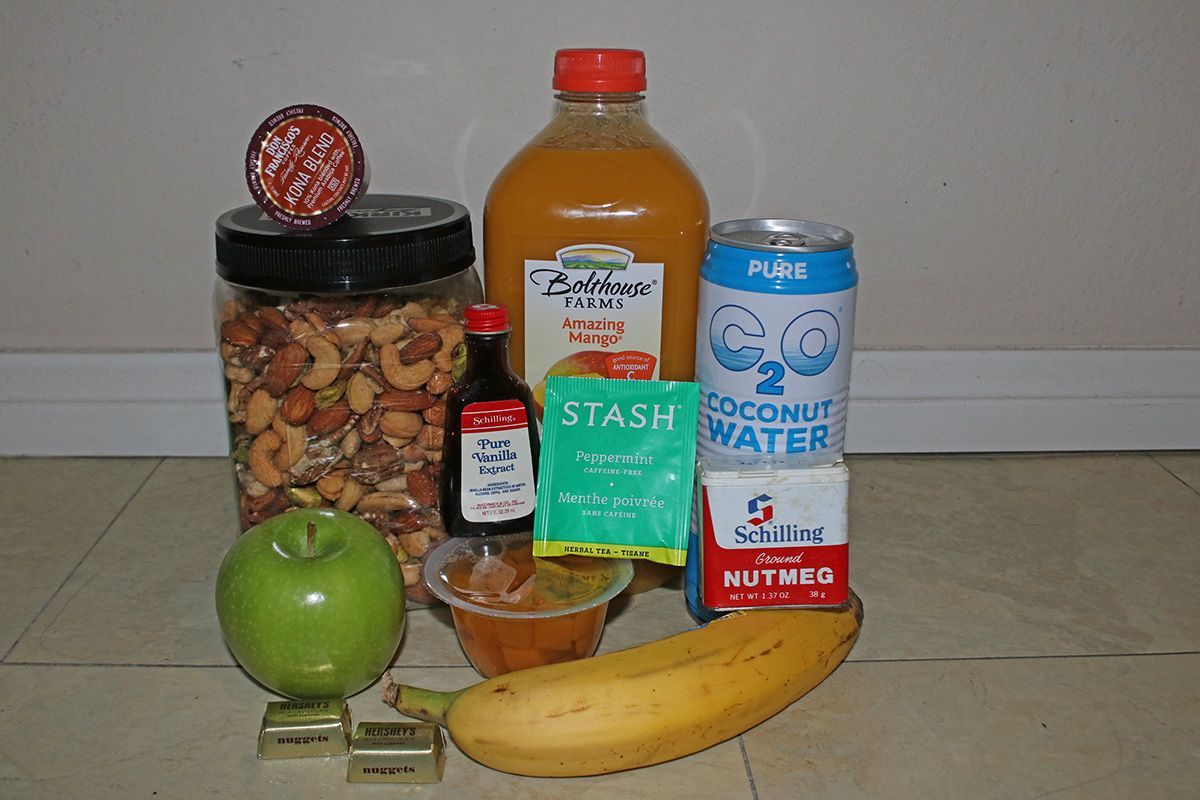
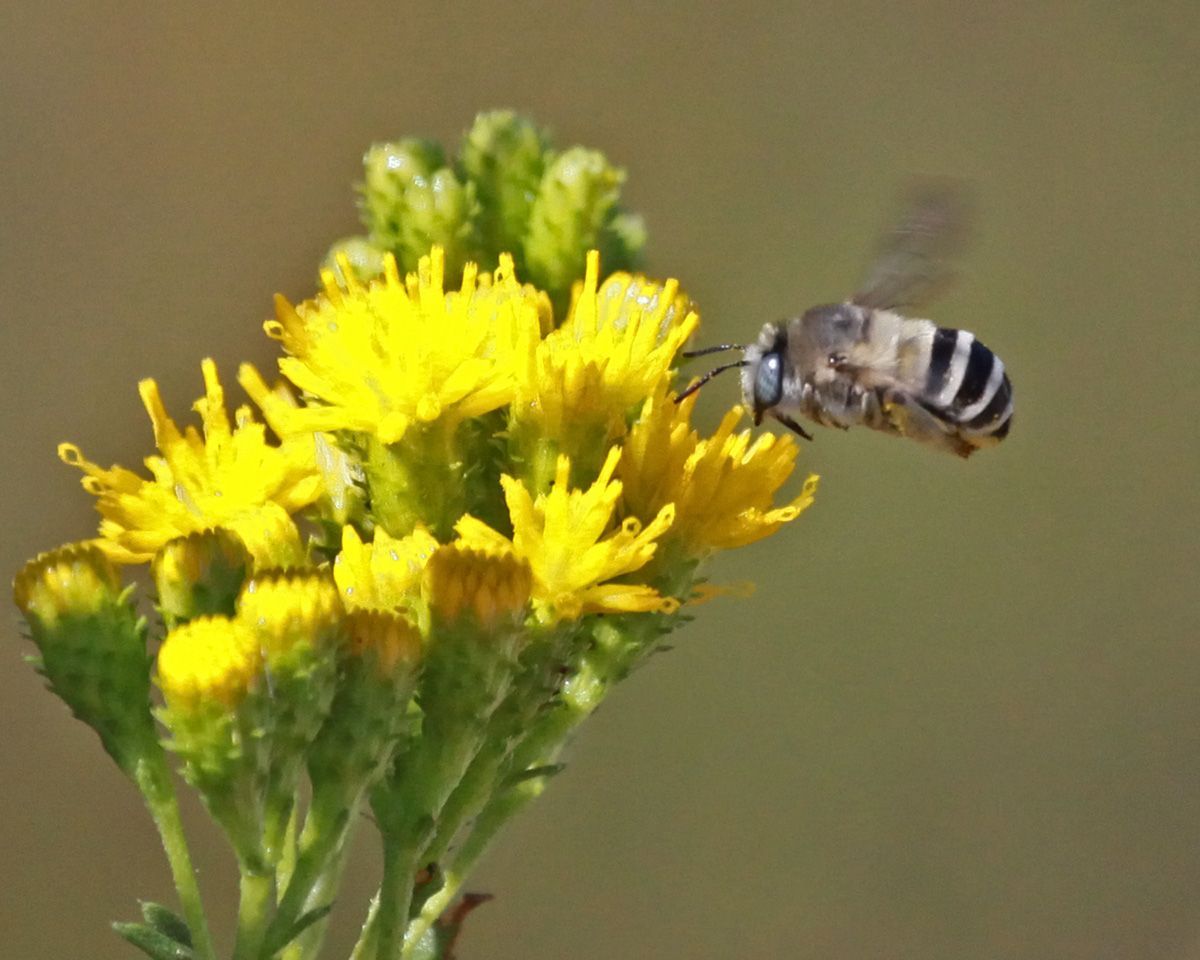
We can help stabilize and increase native bee populations in these ways:
- Plant southern California plants.
- Make it easy for bees to find flowers. Put the same plant species in clumps that are 4-foot wide.
- Plant variety of species that bloom at different times of year.
- Use sunny sites.
- Garden without pesticides.
- Leave some bare ground and leaf litter (for bees that build nests in soil or burrow into leaves).
- Provide a bee nest box with bundled hollow stems.
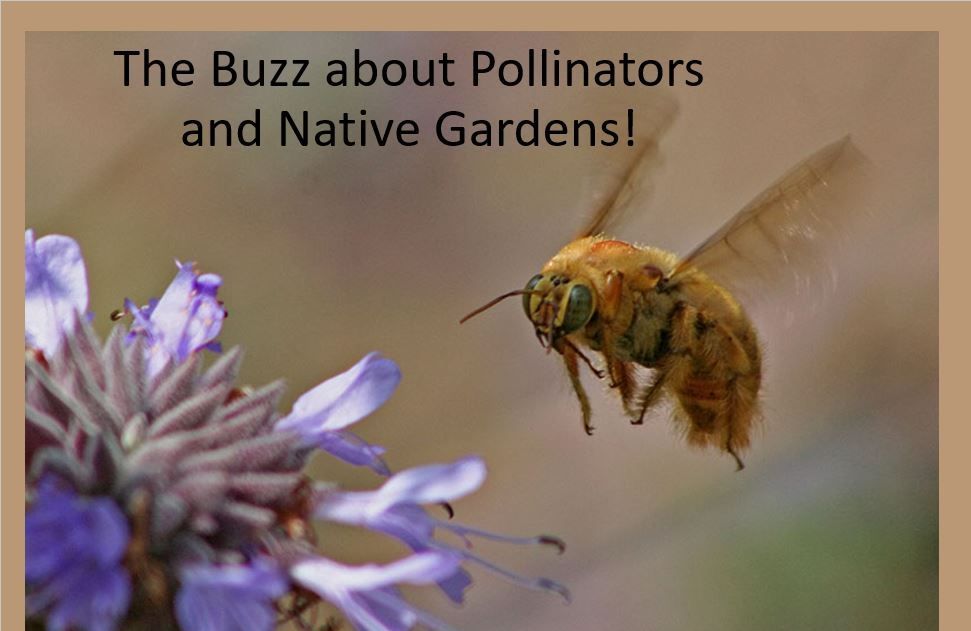
Want to learn more?
Watch our video on “The Buzz about Pollinators and Native Gardens” (Coming Soon)
Xerces Society for Invertebrate Conservation works on pollinator conservation, endangered species conservation, and reducing pesticide use and impacts.
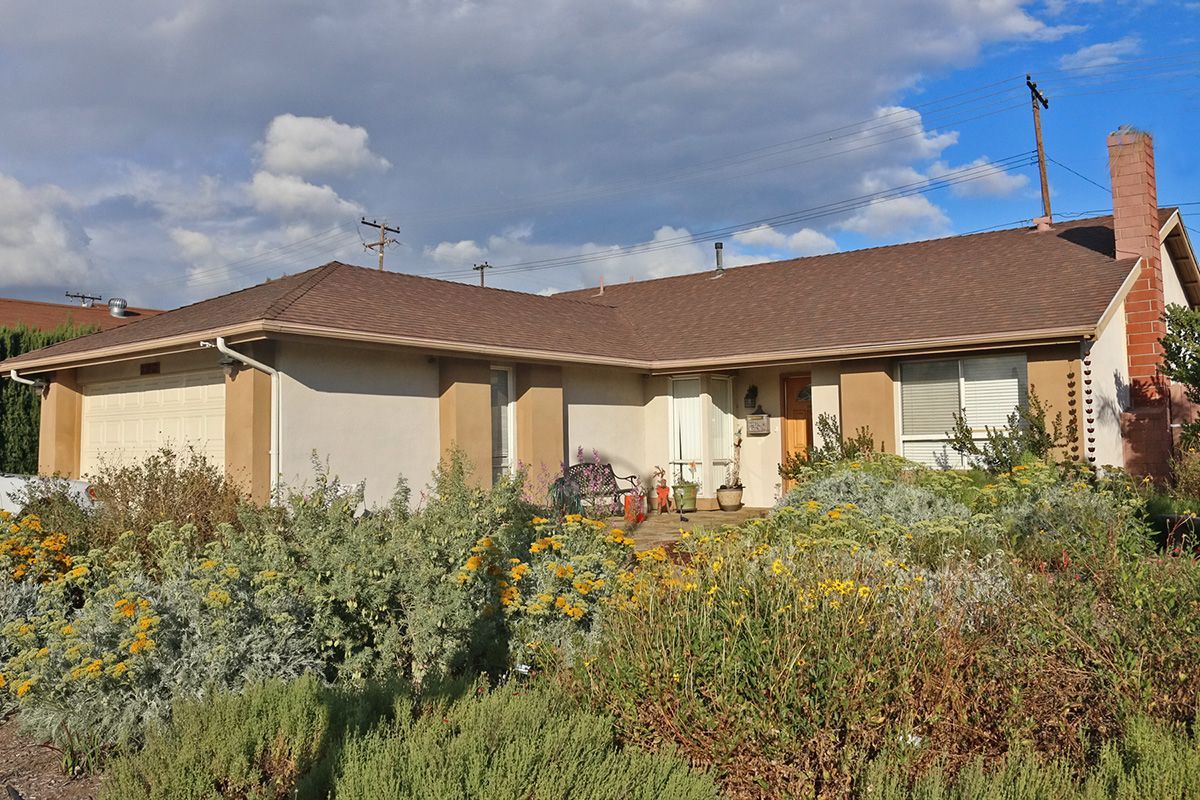
Example of a pollinators garden in an Orange County front yard.
You Can Create a Bird-Friendly Garden!

Plant southern California native plants in your garden
(they’re what birds are used to).
- Get suggestions for your zip code at CalScape.org.
- Create a diversity of ground covers, shrubs, trees and wildflowers.
- We recommend bladderpod, buckwheat, elderberry, lemonade berry, mallows, manzanitas, penstemons, sages, and toyon.
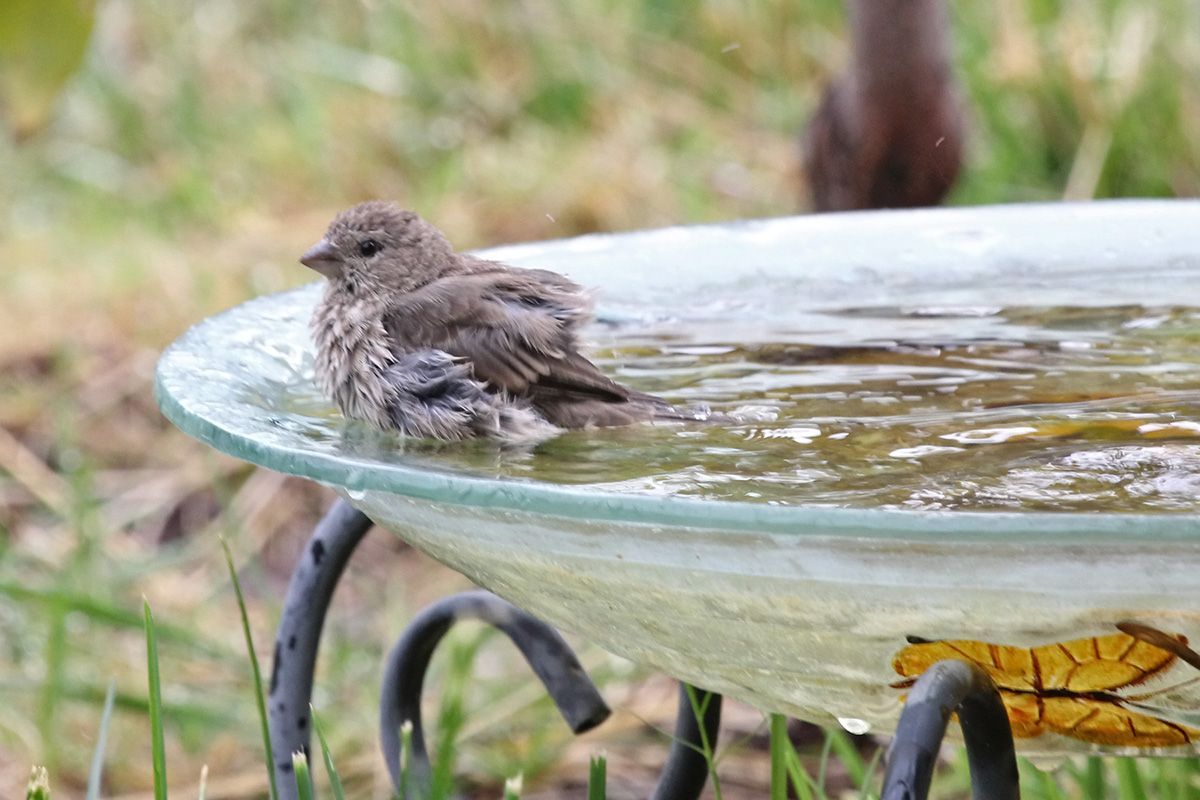
Provide food and water
- Make water available year-round (shallow water is best). Birds are attracted to the sound of water!
- Keep feeders and water baths clean (to prevent spread of bird diseases).
- Provide safe nesting places and natural perches.
- Let birds eat bugs (those pesky caterpillars and aphids are bird-food and shouldn’t be removed).
- Leave the leaves (for ground-foraging birds).

Prevent hazards to birds
- Prevent window collisions. Make windows look like a barrier. For information, Learn More
- Eliminate use of poisons. They kill other animals, not just the target pest.
- Keep cats indoors or build an outdoor “catio” (to protect injury to birds, fledglings, lizards, and more) (photograph by Dan Trinidad used with permission)
- Dim outdoor lights (so migrating birds are not confused). For information, Learn More

Protect nesting birds
- Prune trees in fall and winter (so you don’t disturb hidden nesting birds).
- Let fledglings learn to fly in safety (don’t rescue unless they are truly injured).
- Important: Native birds and their nests are protected by federal law and cannot be harmed in any way. Keep your distance and do not disturb them.
Resources To Help You Create a Bird-Friendly Garden!
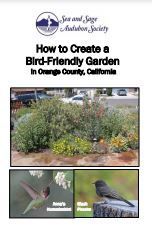
Download our trifold brochure “How to Create a Bird-Friendly Garden.”
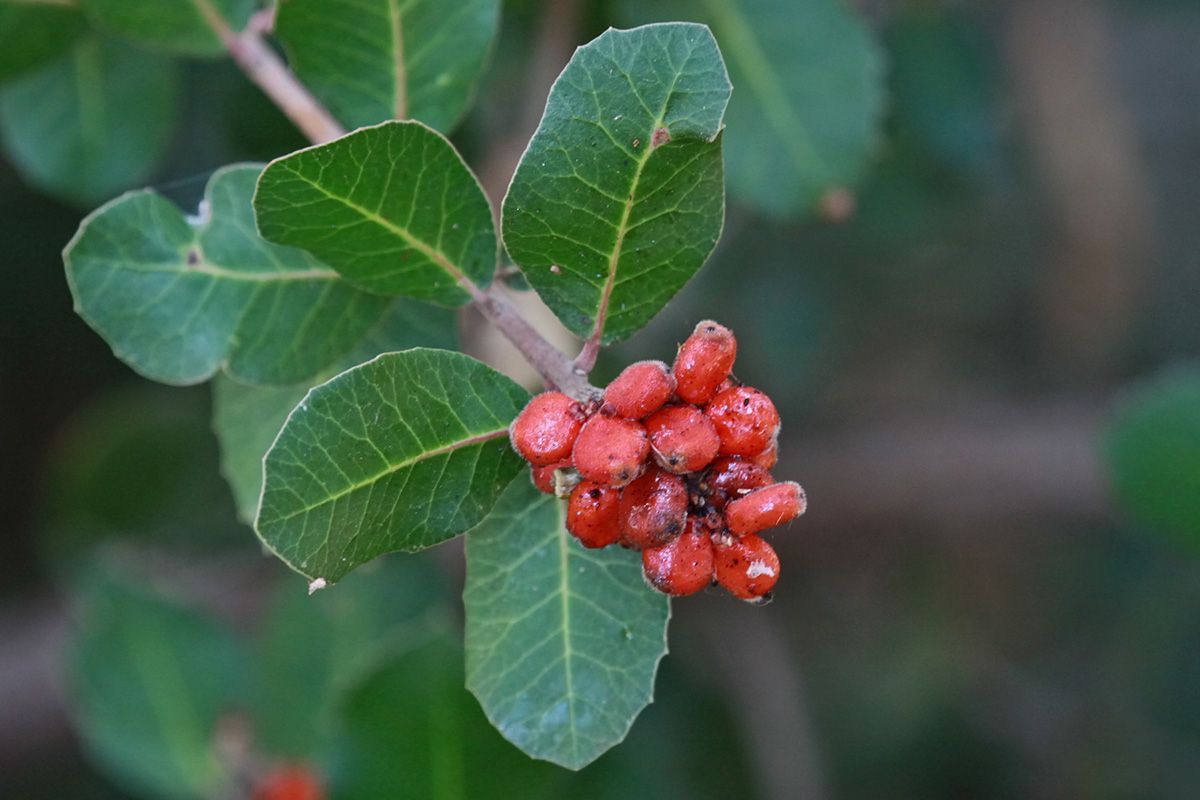
Download our one-page handout “Plant List for a Bird-Friendly Garden” here
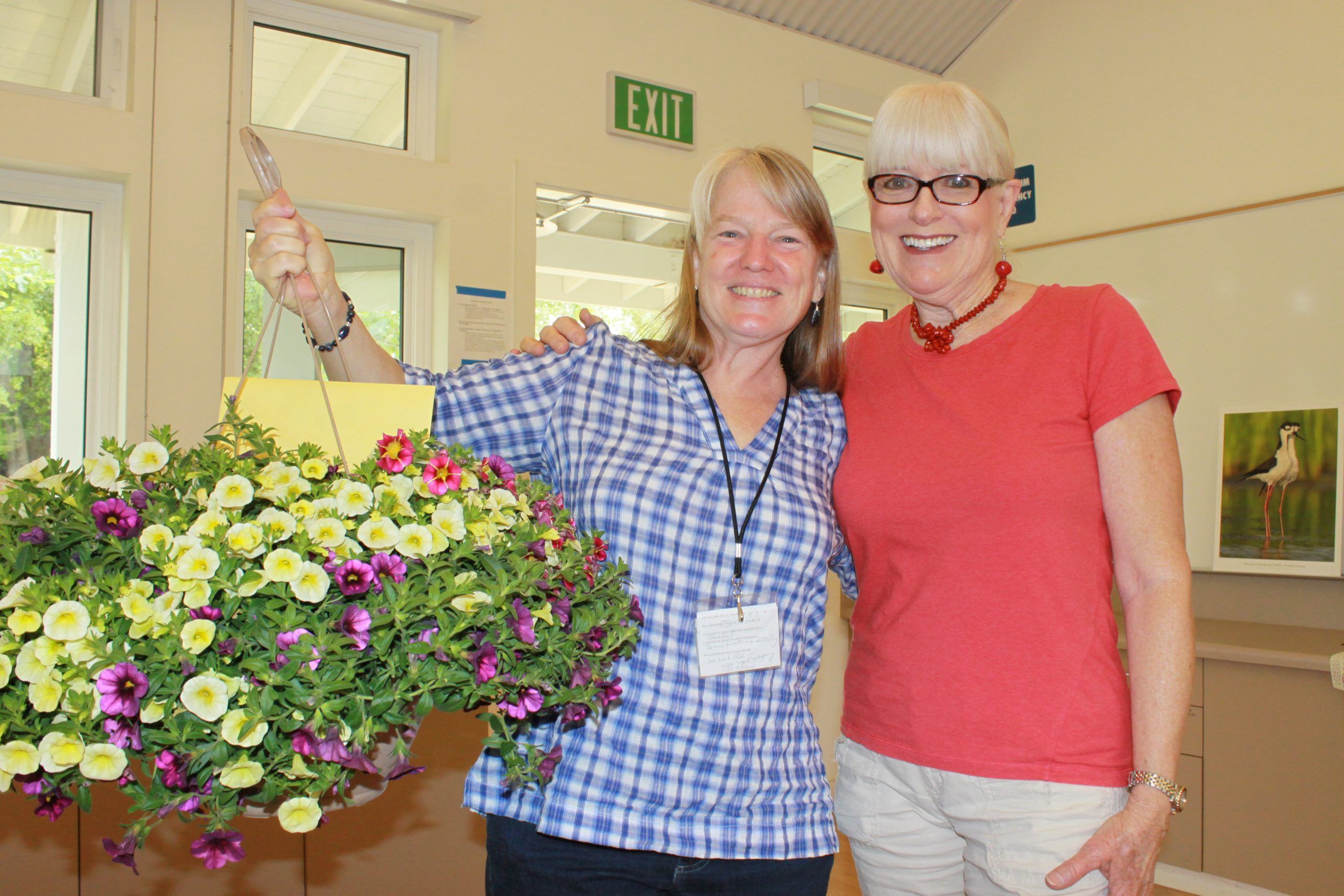
Listen to an hour-long podcast about “Creating a Bird Friendly Garden” by UC Master Gardeners featuring Trude Hurd and Carolyn Noble.
- Go to UCCE Master Gardener Radio Show website: Learn More
- Scroll past In The Garden Monthly collection to the Radio Show Podcasts alphabetical listing.
- Choose “Bird Friendly Garden” and enjoy listening.
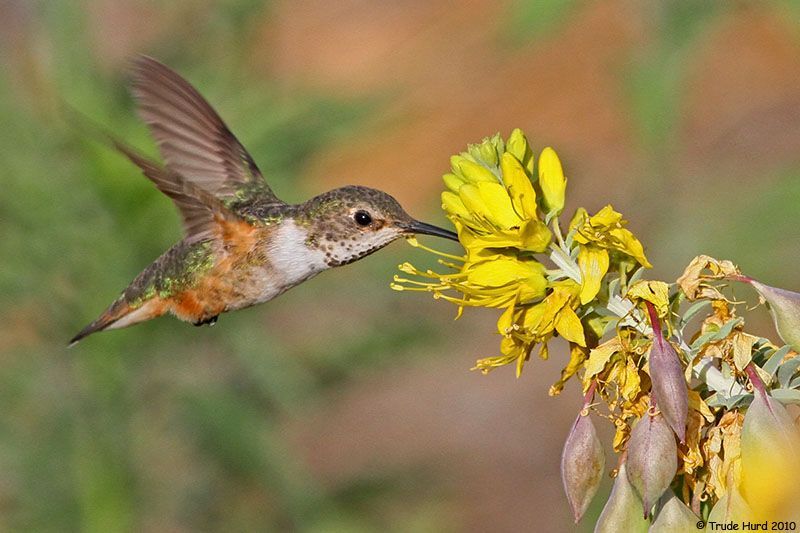
Birds!
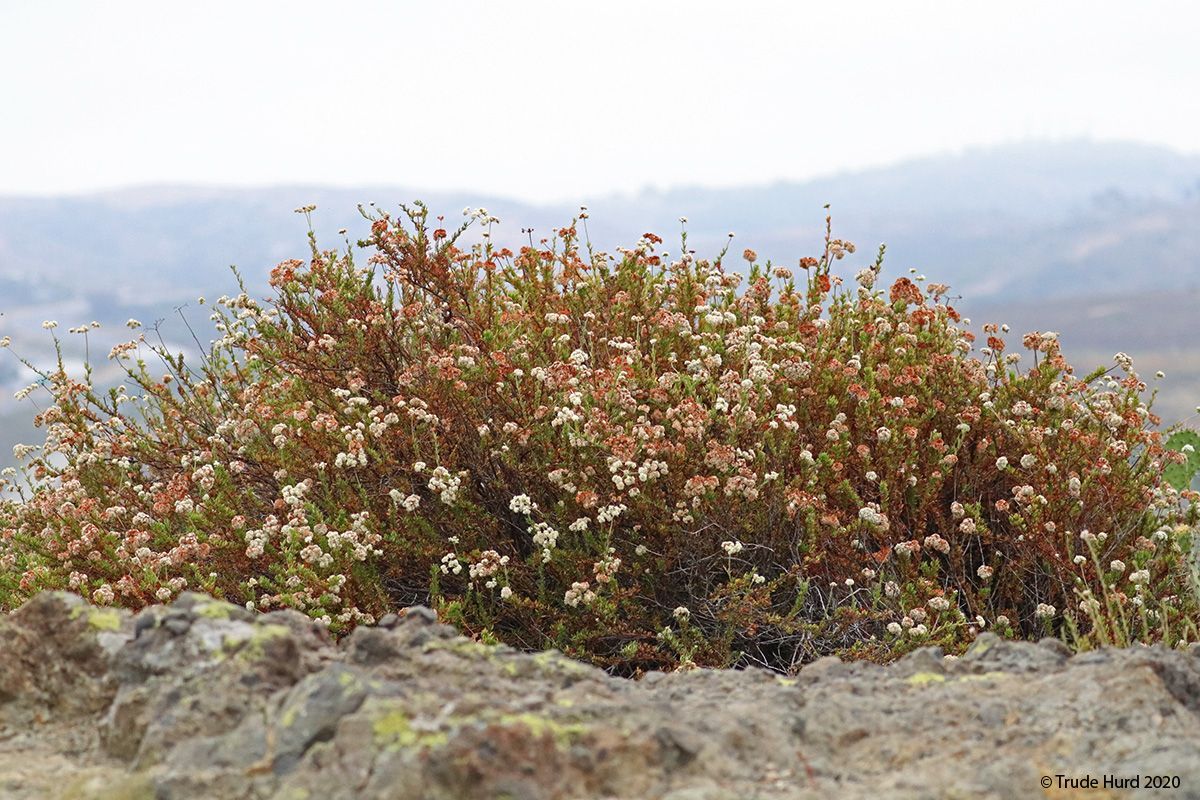
Plants!
